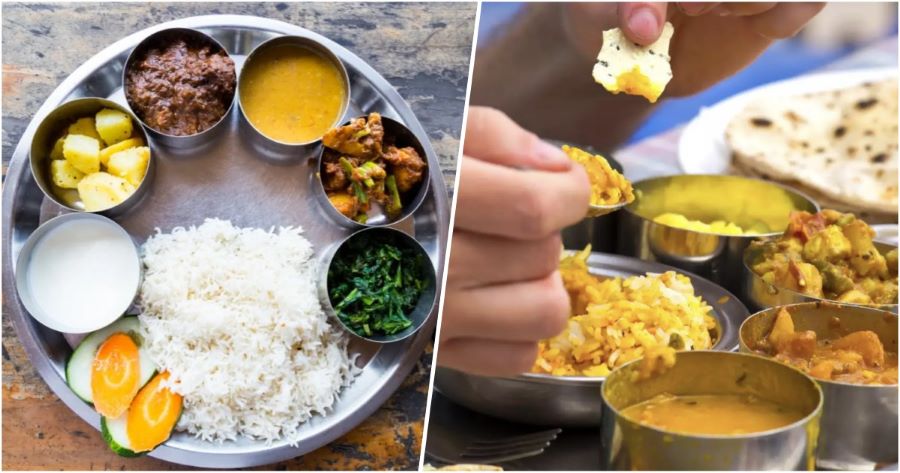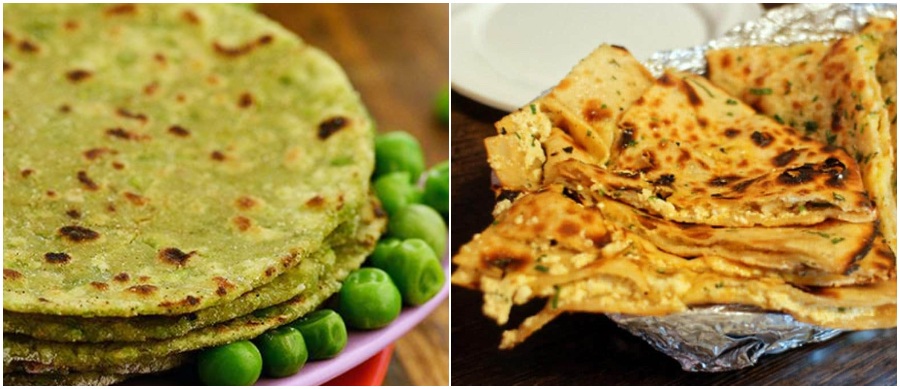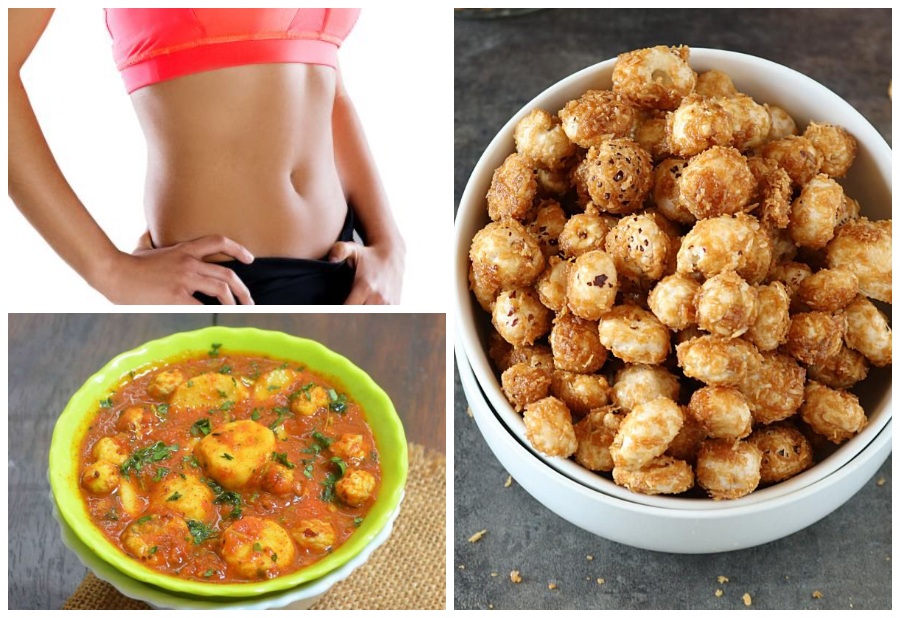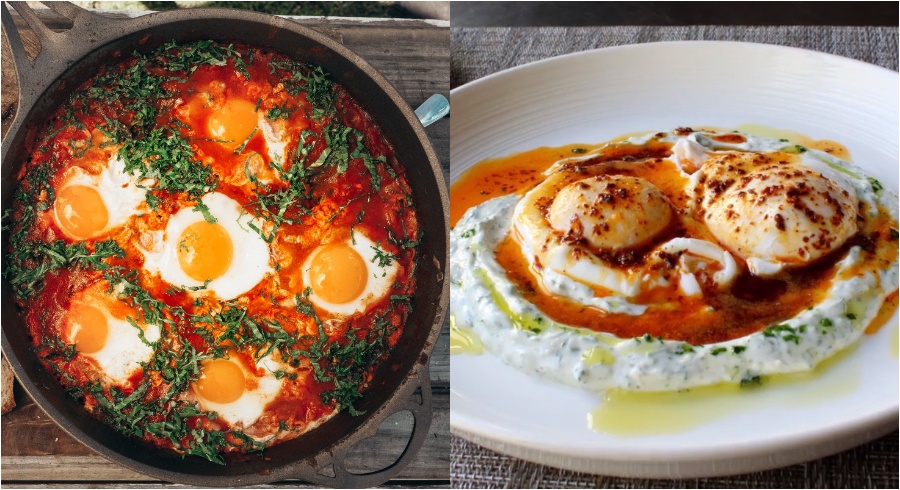Everyone who is serious about weight loss knows about quinoa, but then we all would agree that it’s also a bit expensive and would not fit into everyone’s dietary budget. That’s where millets come into the picture, they are comparatively better priced than quinoa, are locally produced, not genetically modified, and come loaded with nutrition. Most Indian millets have equal or more protein and dietary content than quinoa and it’s only prudent to include them in your diet. The one thing we do not realize is that India is full of superfoods that provide rich nutrition to the body along with having a positive impact on health. Millets are touted to be superfoods and the best replacement for wheat and rice which cause sharp insulin spikes and have gluten content. With the inclusion of millets in daily diet, it is possible to skirt around many metabolic disorders such as diabetes, cardiovascular diseases, and also to drop weight in the process. In this post, we list out 10 millets of India that help with weight loss.


What are Millets?
The best thing about millets is that they are gluten free unlike wheat and rice. Millets are rich in protein, have great fiber content and hence great for weight loss. They are also good source of iron, magnesium, minerals, potassium, vitamin E, B complex vitamins, and phosphorous, so even when you are on a diet, you would not be compromising on nutrition in any way. Millets are great to make rotis, khichdi, porridges, in multigrain breads, upma, idli, dosa, just about everything.

Health Benefits of Millet:
1. Reduces cholesterol.
2. Can prevent gallstones.
3. Helps with weight loss.
4. Rich source of nutrients including protein, fiber, vitamins, minerals, magnesium, potassium, iron, etc.
5. Helps to decrease high blood pressure.
6. Controls diabetes, regulates blood sugar levels.
7. Good source of antioxidants.
8. Good source of protein, whole carbs.
How Fiber in Millets Help with Weight Loss:
Fiber is a category of nutrients that does not break up into sugar molecules, rather it passes down into the gut unbroken, and helps feed the healthy bacteria in the gut with nutrients. Healthy bacterial colonies are essential to maintain a healthy gut for better absorption of nutrients and vitamins into the body. Fiber is an essential part of a healthy diet because it helps to maintain a healthy digestive system, clears constipation, regulate blood sugar levels, and also to control appetite. Fiber helps to reduce appetite, reduces belly fat, and thus helps with weight loss too.Fiber helps to treat constipation and other digestive system related issues. Most importantly, fiber reduces the risk of colon cancer. Soluble fiber, combines with water to form a gel-like component that slows down the release of digested food into the gut. Soluble fiber also helps the friendly bacteria that exist in the intestines thrive well and these bacterial flora helps with better absorption of vitamins and nutrients into the bloodstream from the small intestine. This process is called fermentation which releases short chain fatty acids which can in turn reduce belly fat. Fiber also helps reduce appetite to a great extent by regulating the production of hunger hormone “ghrelin.” Fiber content also reduces one’s appetite by slowing the movement of food through the gut. Since fiber has low glycemic index, it also does not spike up insulin and thus reduces the chance of extra calories getting stored up as fat in the body.
Recommended Dosage of Daily Fiber Intake: Men need around 38 gm per day and women need up to 25 gm per day.
10 Types of Millets that Benefit Weight Loss:
1. Finger millet – Ragi, or finger millet, is the most popular millet in India and widely used in cuisine across India, particularly south India. Ragi halwa, upma, laddoo, instant dosa, nachni roti, poori, idli, vada, kheer, pancakes, ragi mudde, ragi malt porridge – the list of healthy dishes that one can make with ragi is endless. This millet is quite popular to feed growing children because of its rich protein and mineral content, ditto with diabetics who want to regulate their blood sugar levels. Calories per 100 gm – 336 kcals.
2. Amaranth Millet: Or rajgira, is the Indian equivalent of quinoa because it is gluten free, loaded with protein and fiber content. Rajgira is extensively used during Navratri vrat fasting to replace rice and wheat in dishes. It is rich in minerals like iron, manganese, phosphorous along with dietary fiber which keeps one full for longer. There’s about 103 calories in 100 gm of this millet.
3. Barnyard Millet – Also called samvat ke chawal, it has the highest fiber content among millets and that makes it ideal for people who want to lose weight through a healthy diet. It is also rich in calcium and other minerals. Calories per 100 gm – 342 kcal.
4. Buckwheat Millet – Rati Beauty Diet programs uses millets extensively as a healthy way to make you lose weight without of course compromising on nutrition. Buckwheat, or kuttu, is a good replacement for wheat in the diet because it’s gluten free and has high protein content along with calcium, iron, potassium content. Buckwheat also is a good replacement for quinoa and helps you in losing weight effectively, without compromising on nutrition. It is a favorite among diabetics because it helps regulate blood sugar levels. Calories per 100 gm – 378.
5. Foxtail millet – Also known as kangni in hindi and korralu down south, it is hugely popular among people who want to lose weight as well as control their blood sugar levels. It is also considered as the best replacement for rice. It is rich in fiber, low in carbs, with minerals such as copper and iron. Calories per 100 gm – 473 kcal.
6. Kodo – It’s also known as kodra millet. It is rich in antioxidants and phytochemicals. It regulates menstrual cycle and also reduces joint pain. Calories per 100 gm – 309 kcal.
7. Little millet – It is also called vari. It is rich in iron, protein, zinc, calcium, and B vitamins. It’s also great for weight loss because of its high fat content along with fiber value. Calories per 100 gm – 207 kcal.
8. Pearl millet: Or Bajra, as it is known, needs no introduction because it is extensively used all over India because of its rich iron and protein content. It’s also gluten free along with being rich in magnesium, calcium. It has 378 calories per 100 gm.
9. Proso millet – It’s also called barri or chena in Hindi. This high-protein millet is also a great source of B vitamins like thiamine, niacin, riboflavin, niacin along with vitamin E, and oh, not to forget dietary fiber. Minerals are also there in this millet, such as phosphorus, manganese, iron and potassium. Calories per 100 gm – 378 calories.
10. Sorghum – Jowar, is a rich source of iron, protein, fiber, it is also has policosanols that also lowers cholesterol. Another amazing thing is that it boosts immunity and helps in fighting off infections. With its high antioxidant levels, it’s a good idea to include jowar in your diet. Rich in protein, it also regulates blood sugar levels. Like all other millets in this list, it is also gluten free. Calories 329 calories per 100 gm.
5 Healthiest Flour options to Make Roti
Why is Ragi Roti Better than Wheat Roti





